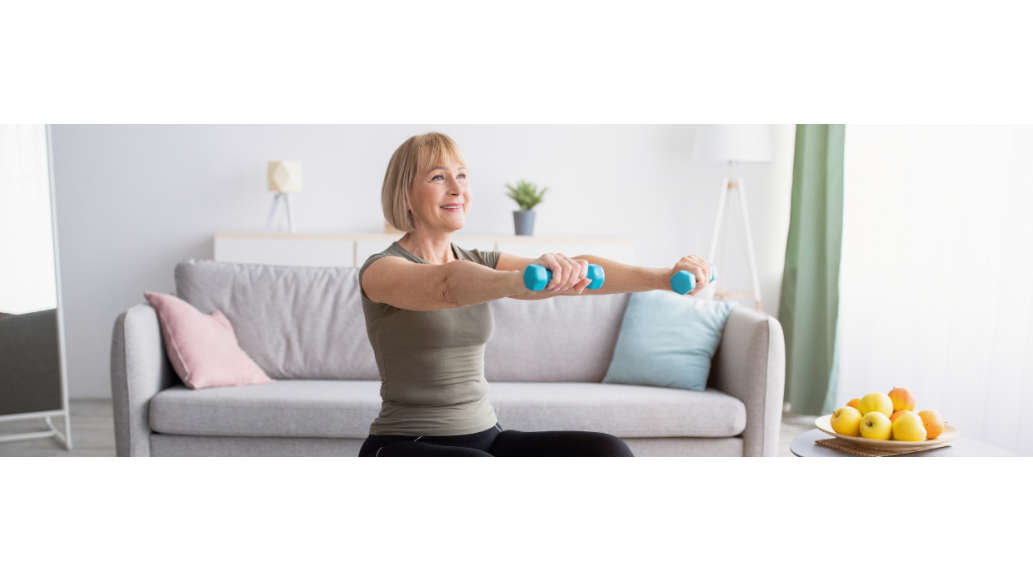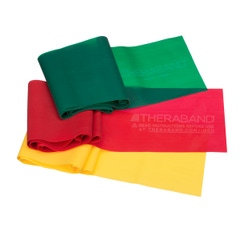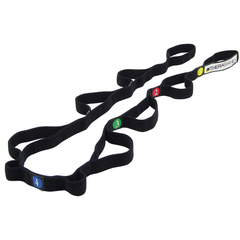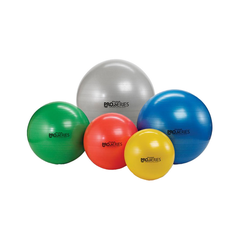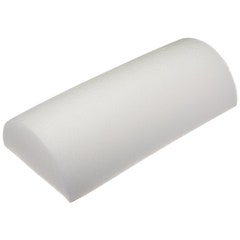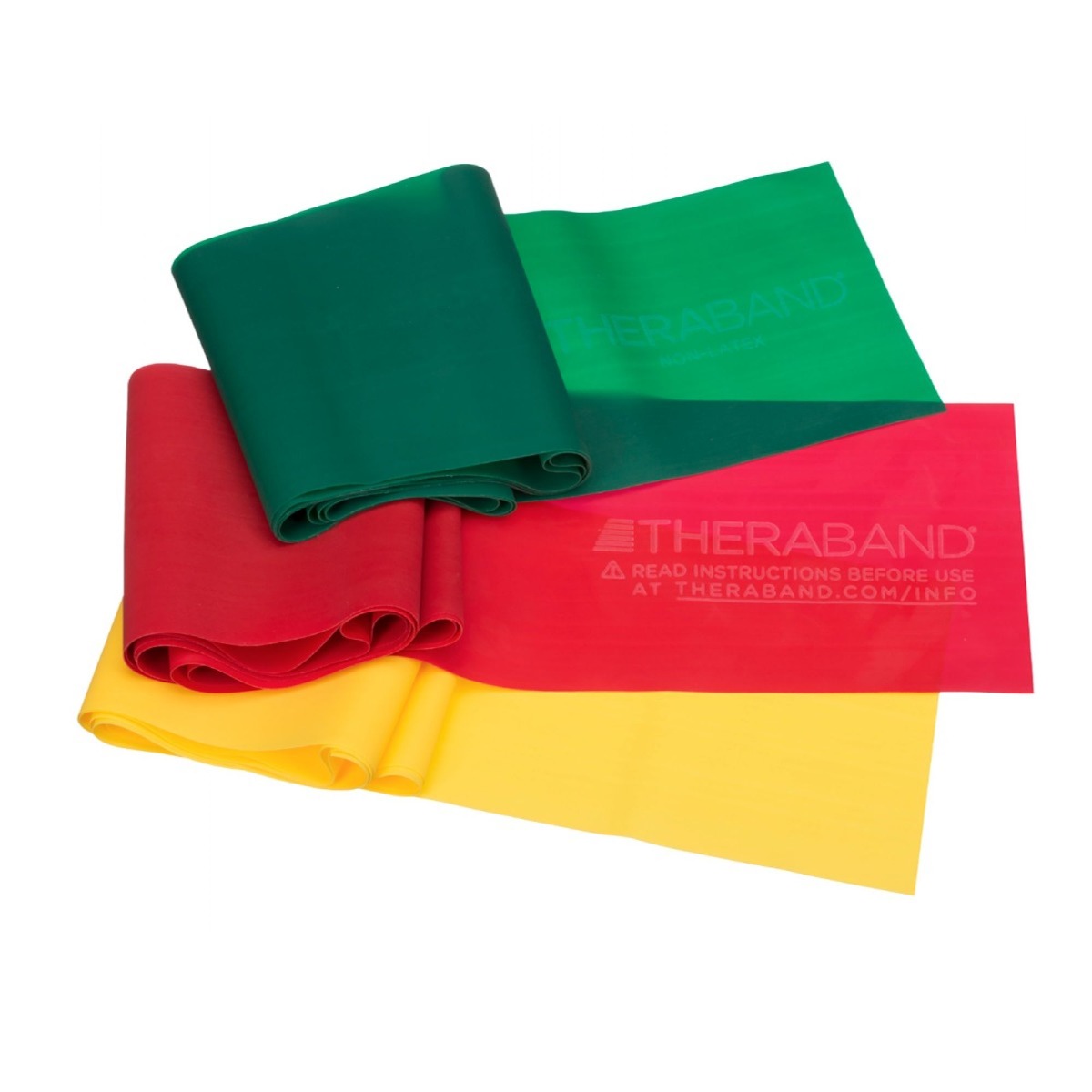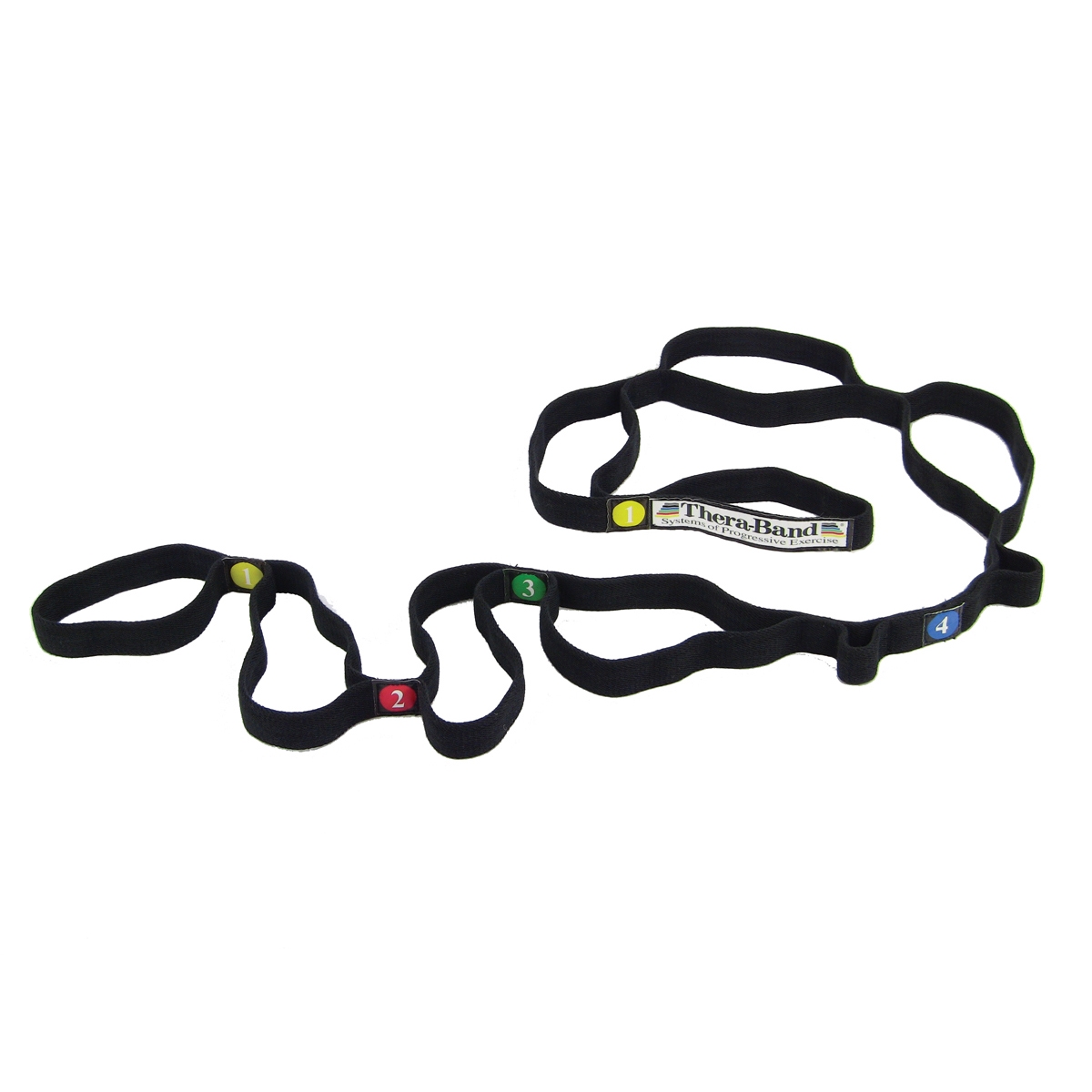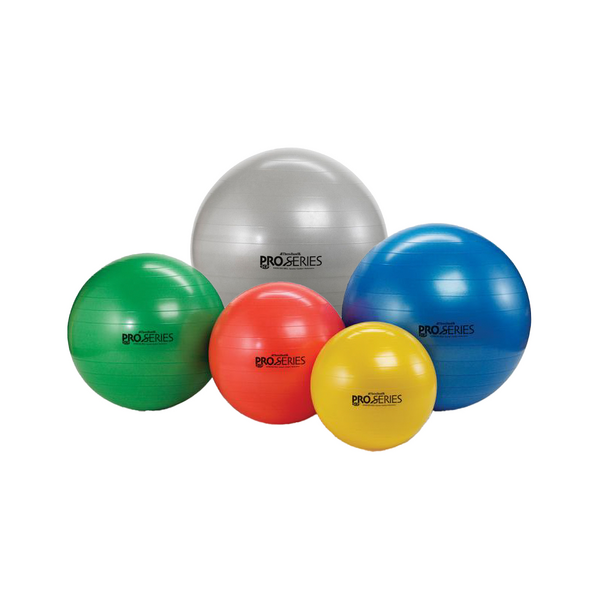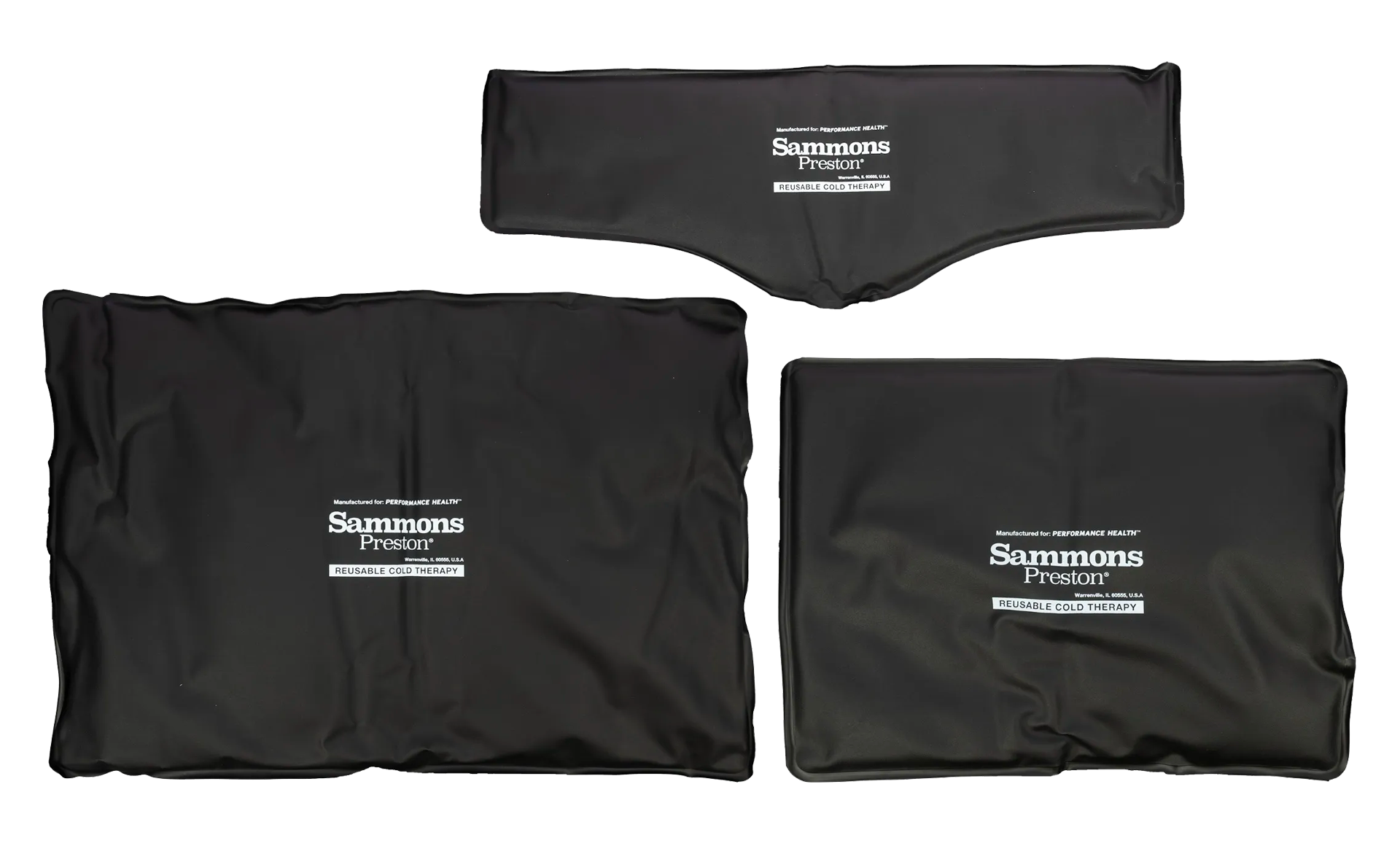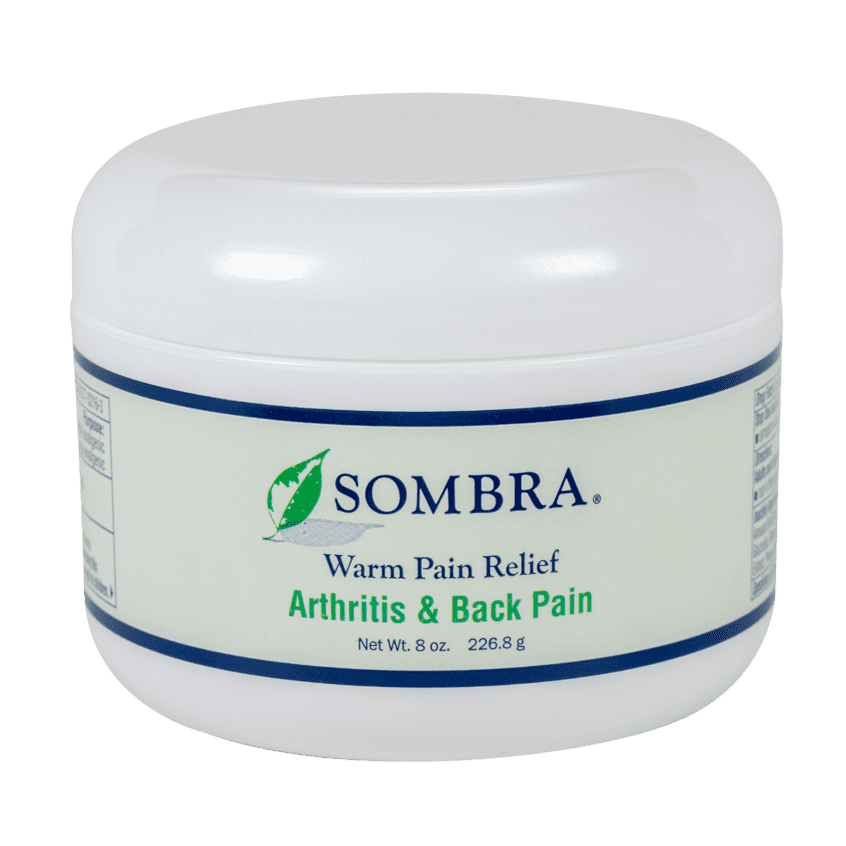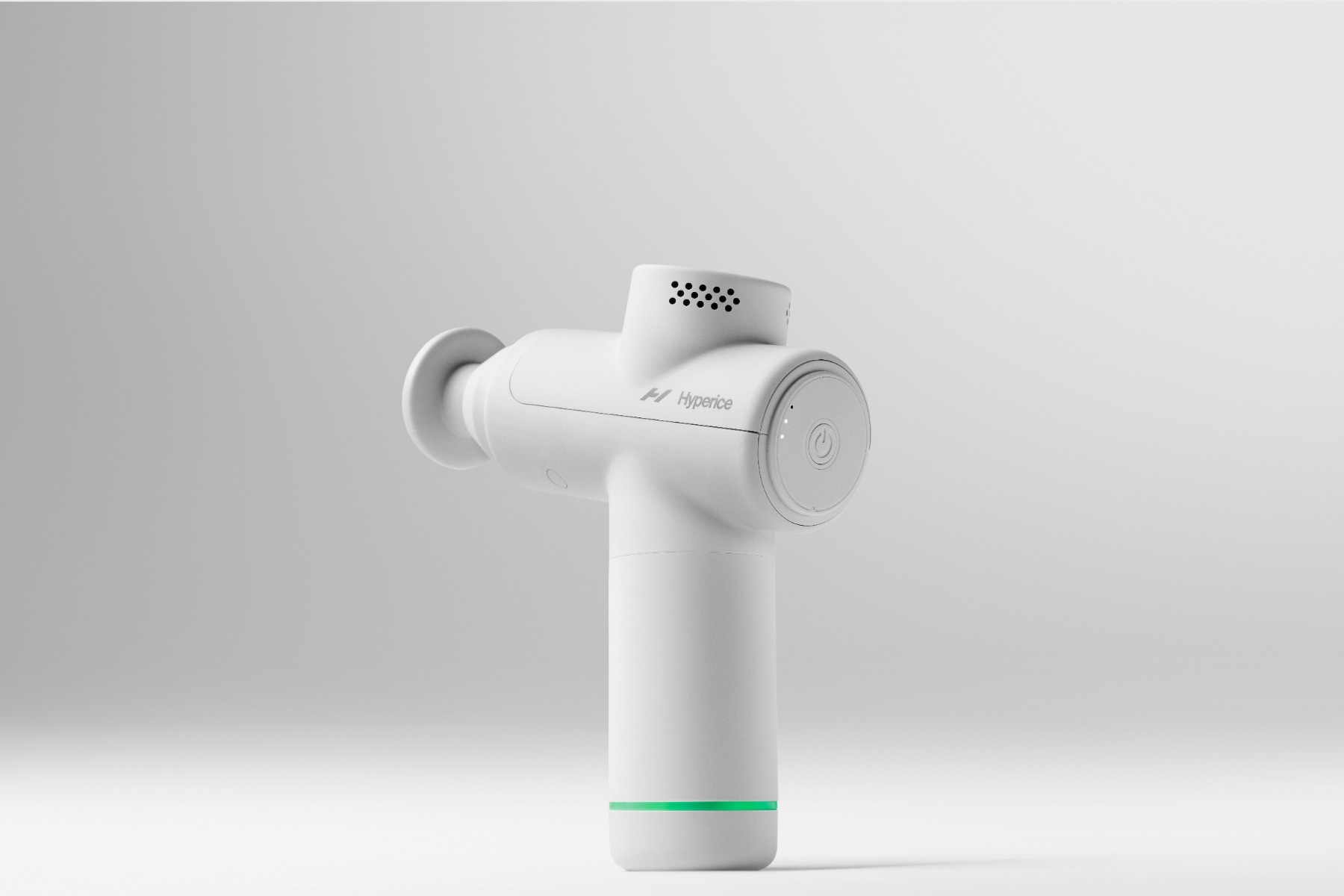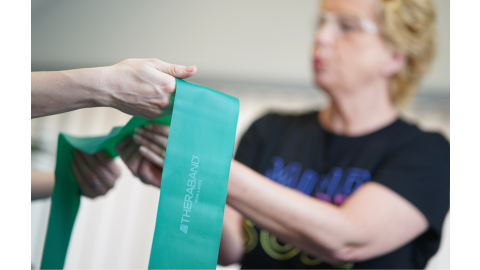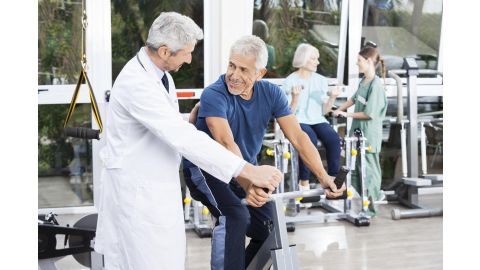Written By: Dawn Chambers, PT, DPT
Following an injury, the road to recovery can be short, easy, long, or arduous. A lot depends on a person’s physical condition, age, and the nature of the injury. However, a good physical therapy regimen can do a person a lot of good.
It’s impossible to list every potential physical therapy tool, but some are more commonly used than others. Here are seven of the best at-home physical therapy tools recommended by Dawn Chambers, PT, DPT to share with your patients for rehabilitation.
Key Takeaways
- Strength and mobility training requires the right equipment
- A virtual therapy evaluation can help optimize an at-home physical therapy routine
- Ice packs and massages are key to recovery
Table of Contents
Best Physical Therapy Equipment Recommended by a PT
Bonus: Virtual Physical Therapy Evaluation
Other Tools for Pain Management
Recap
Top Products in This Article
Best Physical Therapy Equipment Recommended by a PT
1. Resistance Bands
Resistance bands are long, flat, rubbery ribbons designed for resistance training. They’re inexpensive, you can take them with you anywhere, and they serve multiple purposes. Even if you’re not in physical therapy, they’re useful tools for any strengthening workout.
In most cases, exercise bands come in a set with multiple strength levels. You can start with the lightest band when you first begin your regimen. As you recover, you can use a heavier band or combine bands together. Different strength levels can also be used for different types of exercises.
Physical therapists use resistance bands to target specific muscles that can be difficult to isolate. One good example is the rotator cuff, which is tough to exercise with other methods.
2. Stretching Strap
A stretching strap doesn’t actually stretch. Instead, it’s designed to help a person stretch. The affordable nylon strap looks almost like a dog leash, except it’s formed into multiple loops. This design allows a person to perform exercises that would normally require a partner. For example, you can wrap the strap around your foot, then extend your leg and pull it towards you with the strap.
Physical therapy almost always involves stretching, and a stretching strap can be a huge help. It is always a great idea to increase your range of movement in a safe and functional way.
3. Exercise Balls
Exercise balls, sometimes called physio balls, are one of the most versatile physical therapy tools. They can be used for stretching, building core strength, and even improving posture. This ball can also be used to improve balance. Since these balls are inflatable, they’re more portable than they appear.
Exercise balls are available in multiple sizes. A smaller ball will provide more of a challenge for balancing but takes up less space in your house. A large exercise ball will be less challenging to use but can clutter up the living room.
4. Foam Roller
Foam rollers are cylindrical pieces of foam that can be used in many ways. A person can use them to slide up and down to stretch out their back, iliotibial band (outside hip), and calves to increase muscle length. They’re available in various sizes and densities to provide different benefits. Some even have knobs or ridges to provide a massage. In a physical therapy context, foam rollers are used for many purposes, including regaining mobility and exercising core muscles.
5. Cuff Weights
Cuff weights are weighted bands that are strapped to wrists or ankles. They’re designed to make exercises more challenging and to help build strength. As physical therapy tools, they’re particularly useful for people with arthritis or other grip issues. Since they attach directly to your body, you don’t have to hold onto them.
6. Balance Pad
Balance pads are thick pads that are made from dense foam. Since the foam condenses under your weight, the surface is constantly shifting, and a person needs to engage multiple muscle groups in order to remain stable. As a result, they’re a powerful tool for improving balance and stability.
When using a balance pad, it’s important to be next to a stable surface to catch yourself if you start to fall. You should also avoid using them on porcelain tile or other slick surfaces. The pad might slip around and cause you to fall.
7. Stationary Bike
A stationary bike is a great tool for both endurance and strength training. It’s a low-impact workout that doesn’t put too much stress on your joints. It’s a great physical therapy tool for strengthening your lower body without risking further injury.
Physical therapists will often recommend stationary biking as an alternative for clients who want to boost their cardiovascular health. For many types of injuries, it’s the best option.
For post-surgical hip and knee rehabilitation, a stationary bike is an ideal choice. It can help someone regain strength and improve movement by gradually seat position and resistance.
As an added bonus, stationary biking is far safer than cycling on the road. You don’t have to worry about getting hit by a car, and the weather is never an issue.
Bonus: Virtual Physical Therapy Evaluation
Virtual physical therapy has been around for a while, but it really came into its own during the COVID-19 pandemic.¹ Instead of visiting a physical therapist in person, you work with them via video chat. You can describe your pain and other symptoms, and they can give you advice. Together, you can come up with a regimen that's designed specifically for your needs.
The best part about an evaluation in your own home is a therapist can provide individualized recommendations on the best workout equipment, sleeping position, home modifications, ergonomics, and pain management strategies.
Other Tools for Pain Management
Other than the physical therapy equipment above, there are a few basics that everyone should keep handy. Here are three essential tools for pain management – whether you’re in therapy or not.
1. Ice Packs
Everyone should keep a good quality ice pack in their freezer. You’re probably familiar with the RICE technique²: rest, ice, compression, and elevation. It’s the best treatment for sprains and strains.
Ice works by reducing blood flow to the injured area. This reduces inflammation in the aftermath of an injury and can cut down on swelling in the long term. Ice also provides a temporary numbing effect, providing much-needed pain relief.
2. Sombra Gel
Sombra Gel is a pain relief gel made entirely from natural ingredients and botanical extracts. There are no waxes or oils, and it doesn’t feel greasy on your skin. There’s also no alcohol, so it won’t dry out skin.
The main ingredients are camphor, menthol, and capsaicin, all of which provide temporary pain relief. Meanwhile, orange peel extract gives it a crisp, pleasant aroma. This gel is perfect for relieving post-therapy muscle pain.
3. Massage Gun
A massage gun provides similar benefits to a manual massage, but it works a bit differently. First and foremost, you don’t need anyone else to help you with it. If you need to work out a cramp or loosen up a knot in your muscles, it’s exactly the tool you need.
Most come with multiple tips. For example, you may have a broad tip for a broader, gentler massage, and a narrower tip for a more intense, targeted massage. Your physical therapist can help you decide which option is right for you.
Recap
While there are many different physical therapy tools for physical strength and mobility, many can be taken home with a patient. Don’t be afraid to offer them additional ideas as to how to help them on their road to recovery. If the patient is looking for additional ways to treat pain management, check out our article on Five Solutions for At Home Pain Management.
References
- Chambers, P. D. T. (2022, December 17). 7 Benefits of Virtual Physical Therapy: Take Advantage of Telehealth Physical Therapy Today. Dr. Dawn’s Wellness. https://bit.ly/3QbzSB3
- Government of Alberta Personal Health Portal. (2022, December 21). Rest, ice, compression, and elevation (rice). MyHealth.Alberta.ca. https://bit.ly/3X97aTH
Medical Disclaimer: The information provided on this site, including text, graphics, images, and other material are for informational purposes only and are not intended to substitute for professional medical advice, diagnosis, or treatment. Always seek the advice of your physician or other healthcare professional with any questions or concerns you may have regarding your condition.
About the Author: Dawn Chambers, PT, DPT
Dr. Chambers received her Bachelor of Arts in Movement and Sport Science from Purdue University, Master of Physical Therapy degree from the Medical College of Georgia/Augusta University, and her Doctoral degree from A.T. Still University. She is in private practice at Carolina Women’s Physical Therapy and Wellness and specializes in women’s health and outpatient orthopedic conditions. In her spare time, she enjoys sharing her passion for health and wellness on her healthy lifestyle blog at Dr. Dawn's Wellness Tools.








 France
France Australia
Australia